Unexpected Places Microplastics Are Hiding in Your Kitchen and Potentially Entering Your Body
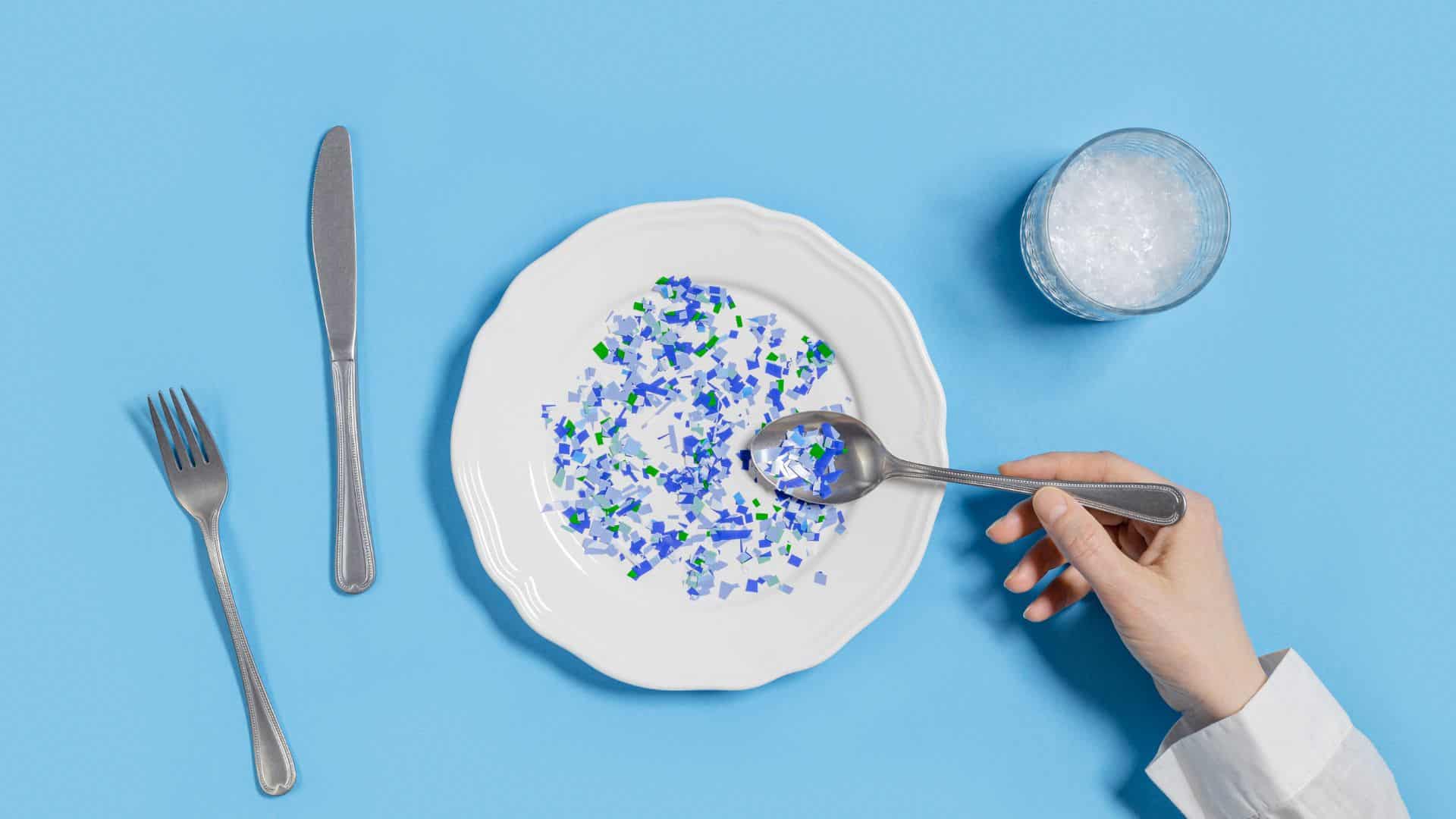

Microplastics are no longer an abstract environmental concern; they’ve become a silent presence in everyday life. From the air we breathe to the water we drink, these invisible particles slip into our bodies, often without notice. Recent research warns that they may accumulate in human tissues, potentially affecting long-term health. And surprisingly, one of the main gateways is the kitchen.
Below, we’ll uncover where microplastics are most commonly found in household cooking spaces and explore practical ways to reduce exposure.
Nonstick Cookware Under Scrutiny

That easy-to-clean frying pan may come with hidden risks. Nonstick coatings, particularly Teflon, release microscopic plastic particles during cooking, especially when scratched or overheated. Studies suggest a single crack in the surface can unleash millions of particles into food, making cookware a quiet but significant contributor.
Plastic Containers and Heat Reactions

Convenient as they are, plastic food containers often leach microplastics when exposed to heat. Whether reheating leftovers in the microwave or cleaning with hot water, the process accelerates the release of particles. Delivery containers are especially concerning, as they’re frequently reused beyond their intended lifespan.
Disposable Utensils and Warm Meals

Single-use forks, spoons, and knives can degrade when they touch hot or acidic foods. The breakdown of these items means plastic fragments can transfer directly into meals. While they may feel harmless for a quick bite, repeated use magnifies the exposure over time.
Steeping Tea Bags with Plastic
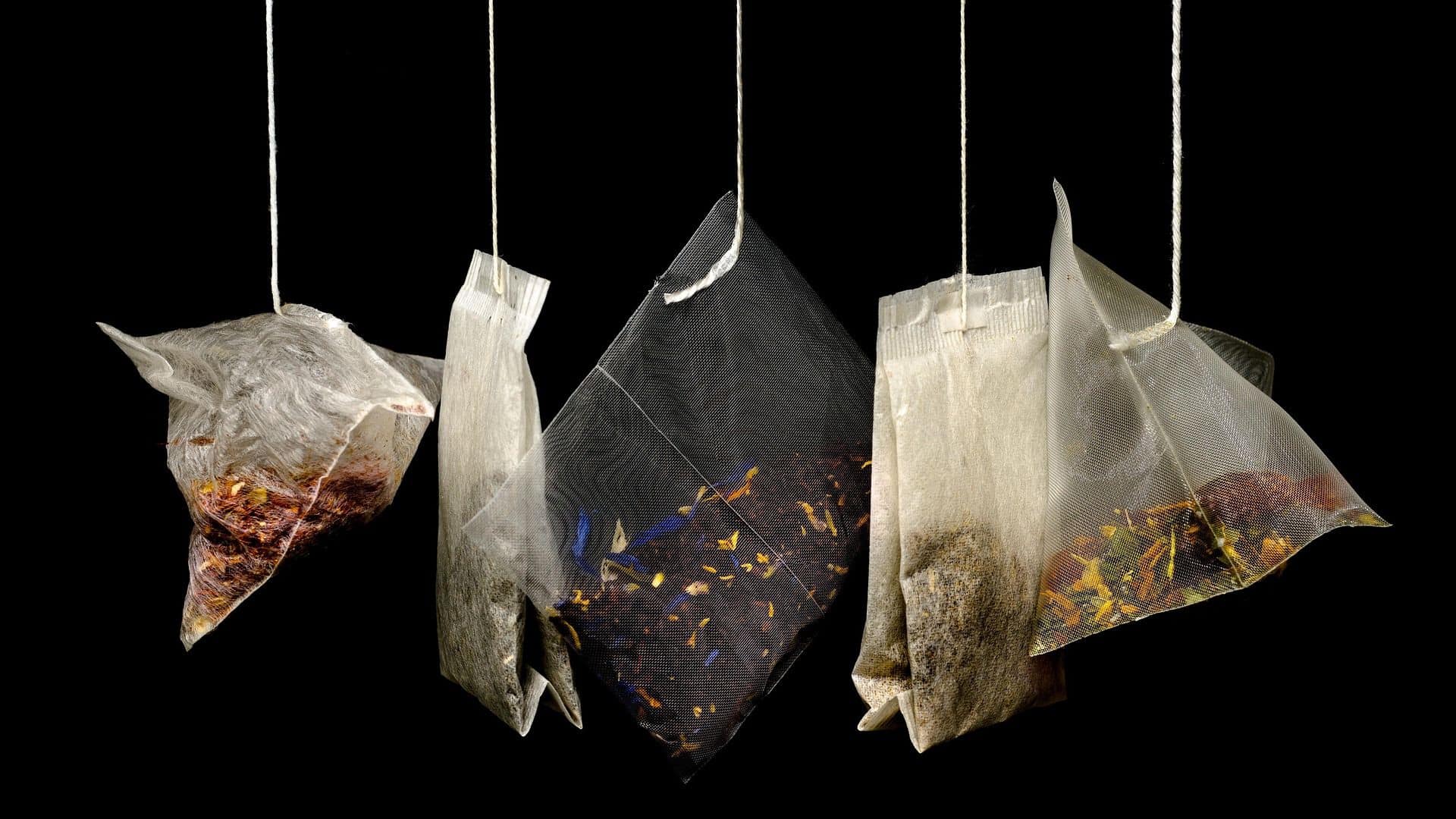
Few realize that many tea bags are sealed with polypropylene. When steeped in boiling water, they can release billions of microplastic and nanoplastic particles into a single cup. Choosing loose-leaf tea with a stainless steel infuser or a reusable cloth bag eliminates this hidden source.
Spices in Plastic Packaging
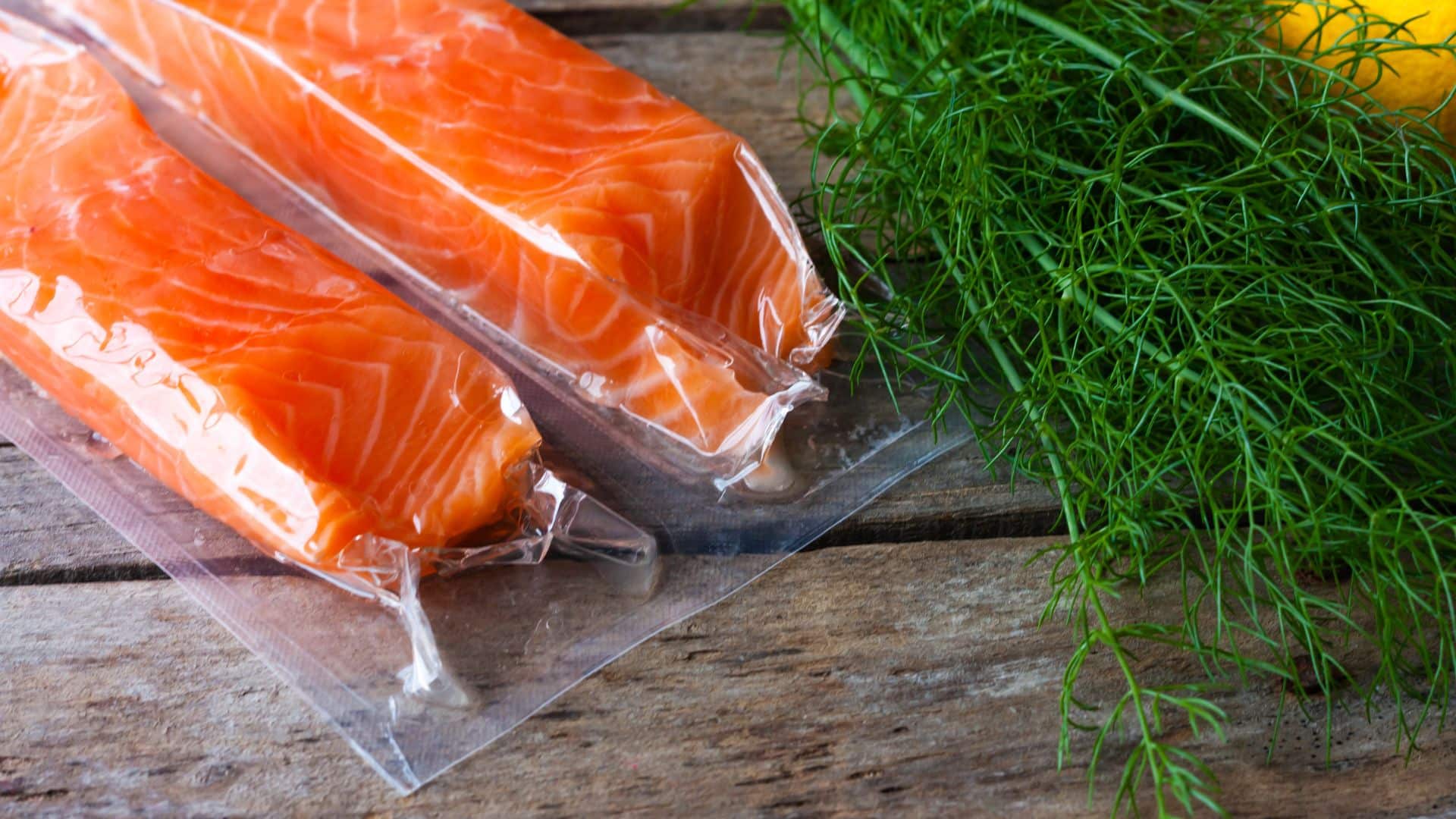
Even dried seasonings may carry a microplastic load, not because of the spices themselves but due to their packaging. Research shows plastic containers shed particles into food products stored long term. Switching to glass jars or buying spices in bulk reduces this overlooked risk.
Straws as Direct Pathways
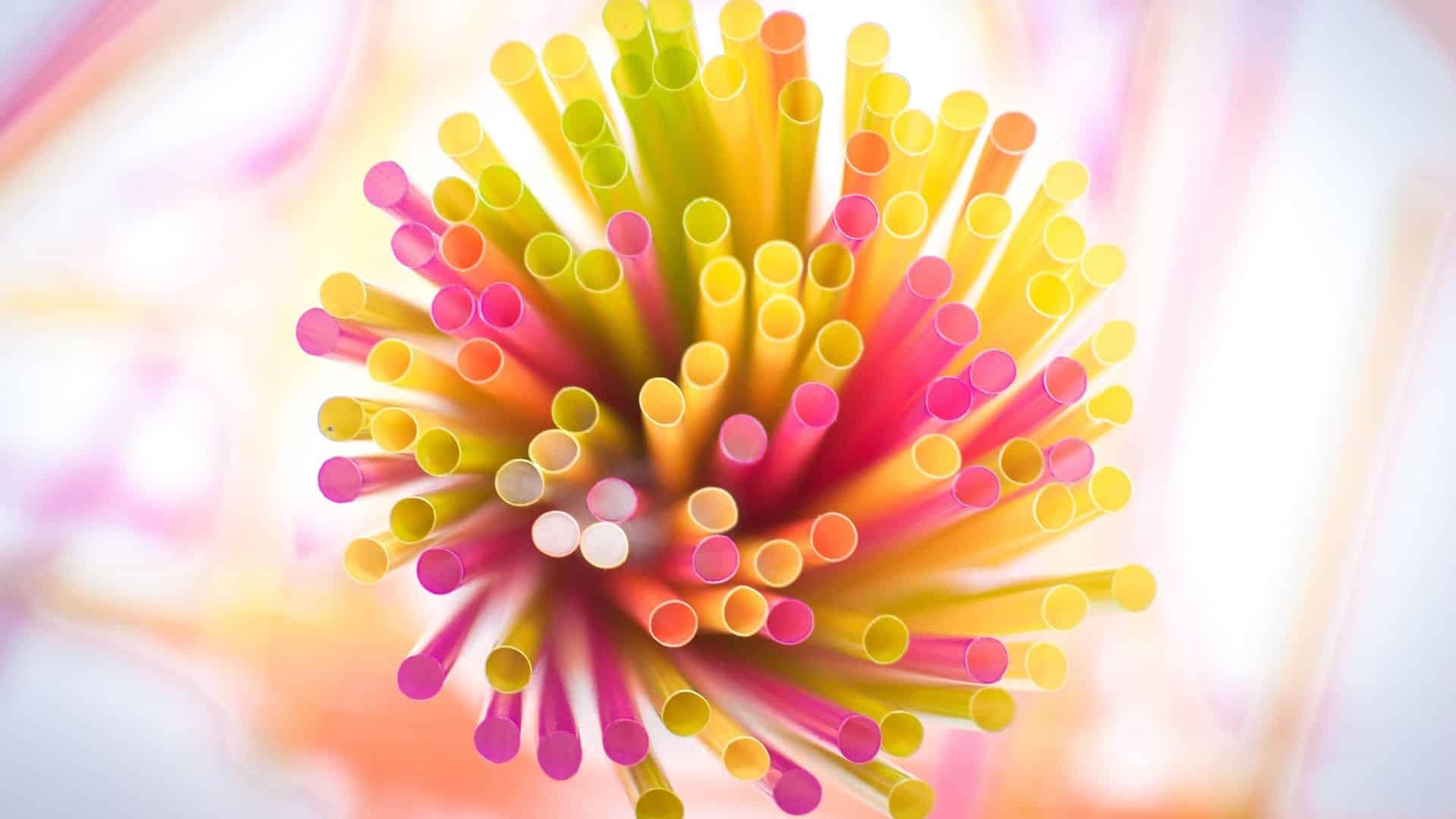
Plastic straws aren’t only an environmental hazard — they also release small fragments directly into drinks. Some particles may even be inhaled while sipping. Alternatives such as bamboo, stainless steel, or biodegradable paper straws offer safer, sustainable replacements.
Cans and Their Interior Linings

Although manufacturers have moved away from BPA linings in cans, newer alternatives like acrylic and polyester epoxies are not entirely risk-free. These coatings still contain microplastics that can migrate into foods over time, making canned goods a recurring source of exposure.
Health Implications Still Emerging

While research continues, scientists have already linked microplastics to tissue inflammation, cardiovascular strain, and cellular damage. Early findings even point toward potential impacts on brain health. Though much remains to be studied, the evidence is compelling enough to warrant caution at home.
Smarter Kitchen Alternatives

The good news is that simple swaps make a big difference. Wooden or stainless-steel utensils, glass containers, cast iron or carbon-steel pans, and loose tea leaves are safer options. These changes don’t just protect your health, they also create a more sustainable kitchen.
Taking Control of Exposure
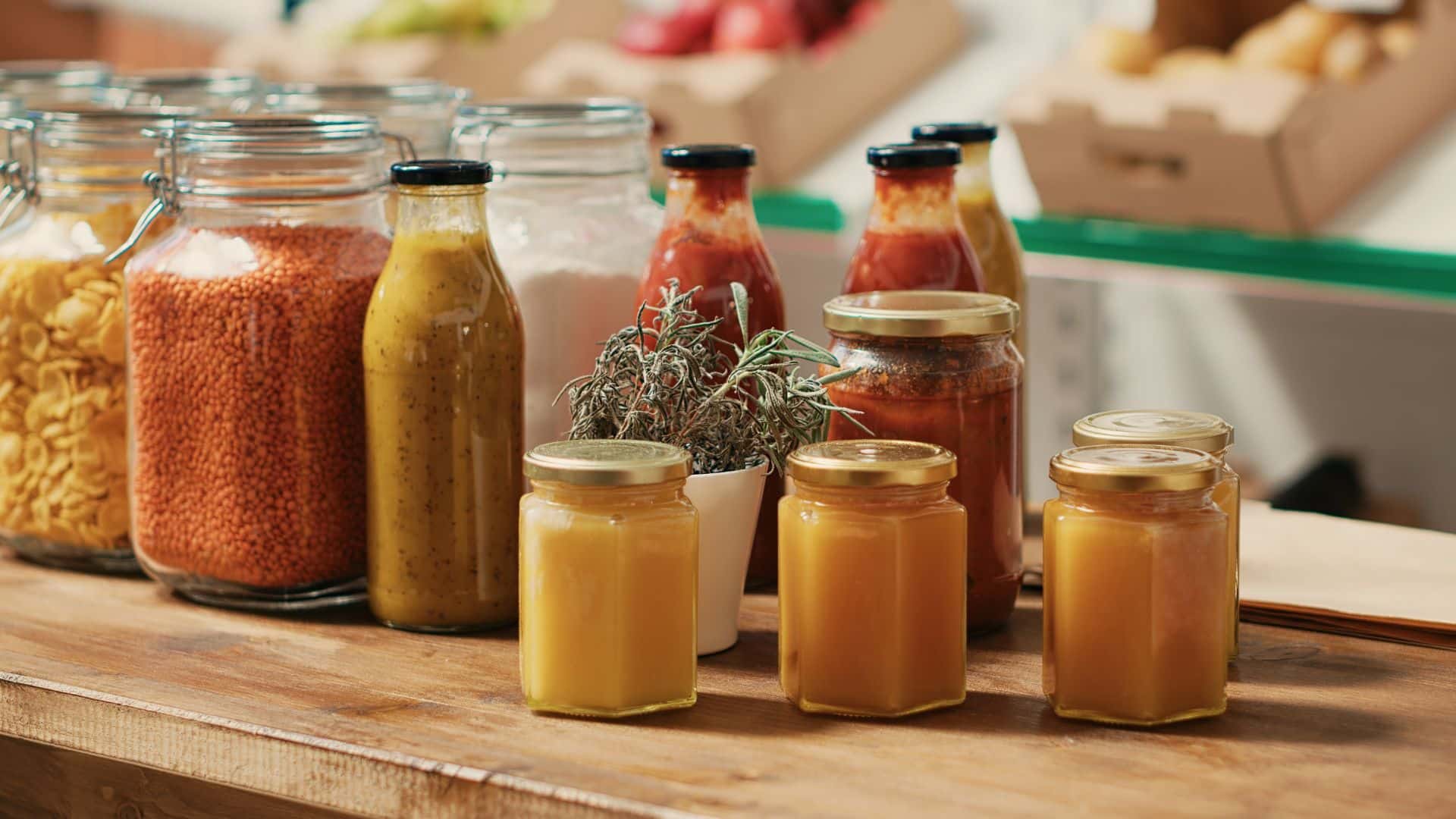
Eliminating microplastics entirely is unrealistic, but reducing them in your kitchen is within reach. By recognizing where they hide and adopting healthier alternatives, you can lower the risk of long-term accumulation in your body and contribute to a cleaner environment.
